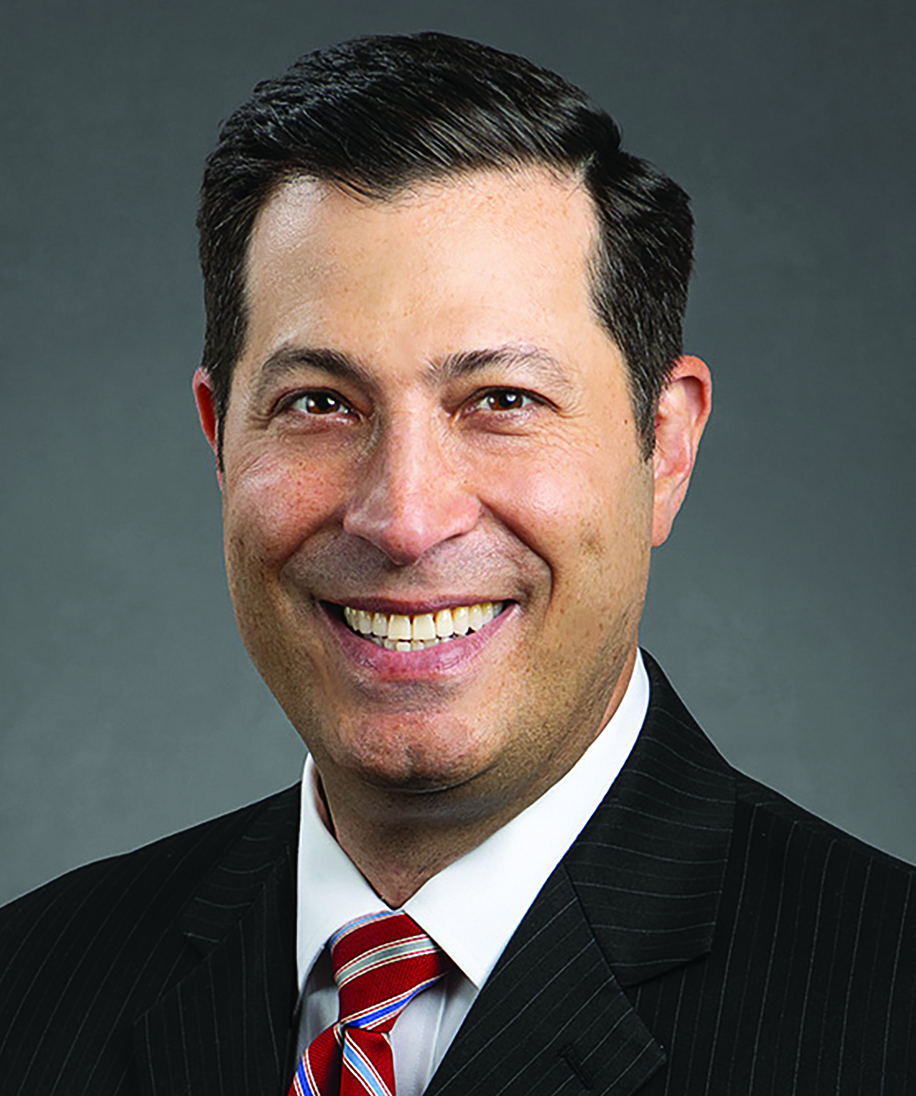Client Alert
New York Employers Must Adopt Infectious Disease Prevention Plans under the HERO Act
July 13, 2021
By Emily R. Pidotand Emily J. Stover
On May 5, 2021, New York passed the New York Health and Essential Rights Act (the “HERO Act”), which is touted as the nation’s first legislation to create “clear and enforceable workplace health and safety standards” to protect employees in the event of another infectious disease outbreak. In connection with the HERO Act, on July 6, 2021, the New York State Department of Labor (the “NYS DOL”) and the New York State Department of Health (the “NYS DOH”) released the Airborne Infectious Disease Exposure Prevention Standard for employer exposure prevention plans and provided a general model plan and several industry-specific model plans.
Who is covered?
All employers with worksites[1] located in New York State, with the exception of any government, public authority, or political subdivision employer, are covered by the HERO Act. The law protects all employees of covered employers, including part-time workers, as well as independent contractors and temporary or seasonal workers.
What is required, and when?
- Covered New York employers must formulate and adopt a prevention plan by Thursday, August 5, 2021.
- Employers must provide the written plan to employees and must make it available, upon request, to employee representatives, collective bargaining representatives, independent contractors, the NYS DOL, and the NYS DOH. The plan must also be provided to new hires, and within fifteen days after reopening after a period of closure due to airborne infectious disease.
- Though employers must adopt and communicate plans now, the plans do not go into effect unless the New York State Commissioner of Health designates a highly contagious communicable disease as “presenting a serious risk of harm to the public health.” There is no current designation in effect.
- By November 1, 2021, employers with ten or more employees must begin allowing employees to form joint labor-management workplace safety committees with a quarterly allotment of paid hours for meetings and trainings. At least two-thirds of the membership must consist of non-supervisory employees and must be co-chaired by an employer representative and a non-supervisory employee.
Obligations of Employers under the Model Plan and Prevention Standard
At a minimum, employer plans will generally need to provide for:
- Minimum exposure controls (such as health screenings at the beginning of the workday, face coverings, and increased disinfection procedures).
- Advanced controls for use during an outbreak (such as elimination of risk activities, ventilation, PPE, or administrative changes like extra time for handwashing and layout changes).
- Additional employee trainings
- Training should include information about (i) the disease, its signs and symptoms, and how it spreads; (ii) the exposure prevention plan; (iii) how worksite activities may involve exposure; (iv) the use and limit of exposure controls; and (v) a review of the prevention standard and applicable employee rights.
- Training must be free and, if conducted outside of work hours, non-exempt employees must be compensated for their time.
- Anti-retaliation
- Employers may not “discriminate, threaten, retaliate against, or take any adverse action” against any employee for reporting conduct that violates the plan or for refusing to work where the employee reasonably believes that work activities expose him or her or others “to an unreasonable risk of exposure.”
- Any written communication with an employee “regarding a potential risk of exposure” shall be maintained for “two years after the conclusion of the designation of a high risk disease.”
Penalties for Violations
- Employers who fail to adopt a compliant prevention plan face a penalty of at least $50 per day.
- Employers who violate a prevention plan during a designated outbreak are subject to civil fines ranging from $1,000 to $10,000.
- Employees may bring a private civil action to obtain injunctive relief against an employer who fails to comply with a prevention plan; parties may also recover costs and attorneys’ fees.
Next-Steps
Employers should work with counsel to develop and communicate a prevention plan appropriate for their workforce. In the event the NYS Commissioner of Health designates another highly contagious infectious disease outbreak, employers should be prepared to:
- Immediately review and update the prevention plan to ensure it includes any relevant federal, state, or local guidance regarding the infectious disease of concern;
- Finalize and promptly activate the prevention plan;
- Conduct a “verbal review” of the plan with all employees;
- Provide each employee with a copy of the prevention plan and post the plan in a visible and prominent location at the worksite; and
- Designate one or more supervisory employees to enforce compliance with the plan.
[1] Under the HERO Act, a “worksite” means “any physical space, including a vehicle, that has been designated as the location where work is performed over which an employer has the ability to exercise control.” A “worksite” does not include a telework location unless the employer “has the ability to exercise control of such site.”
Contributors


Practice Areas
For More Information



